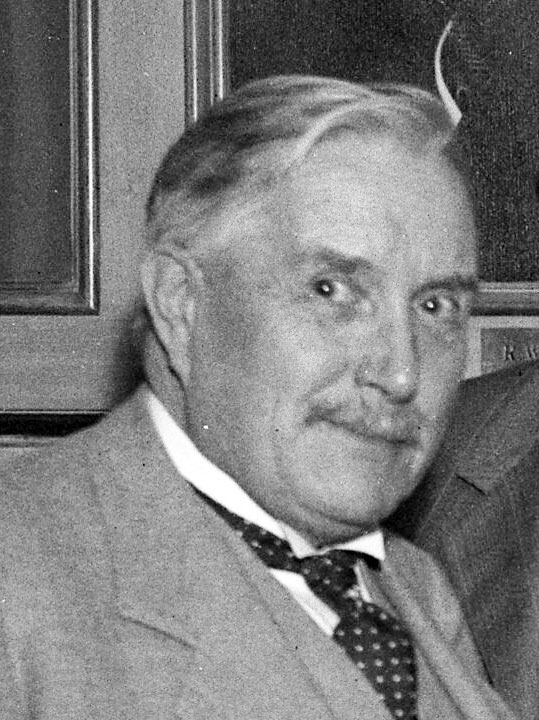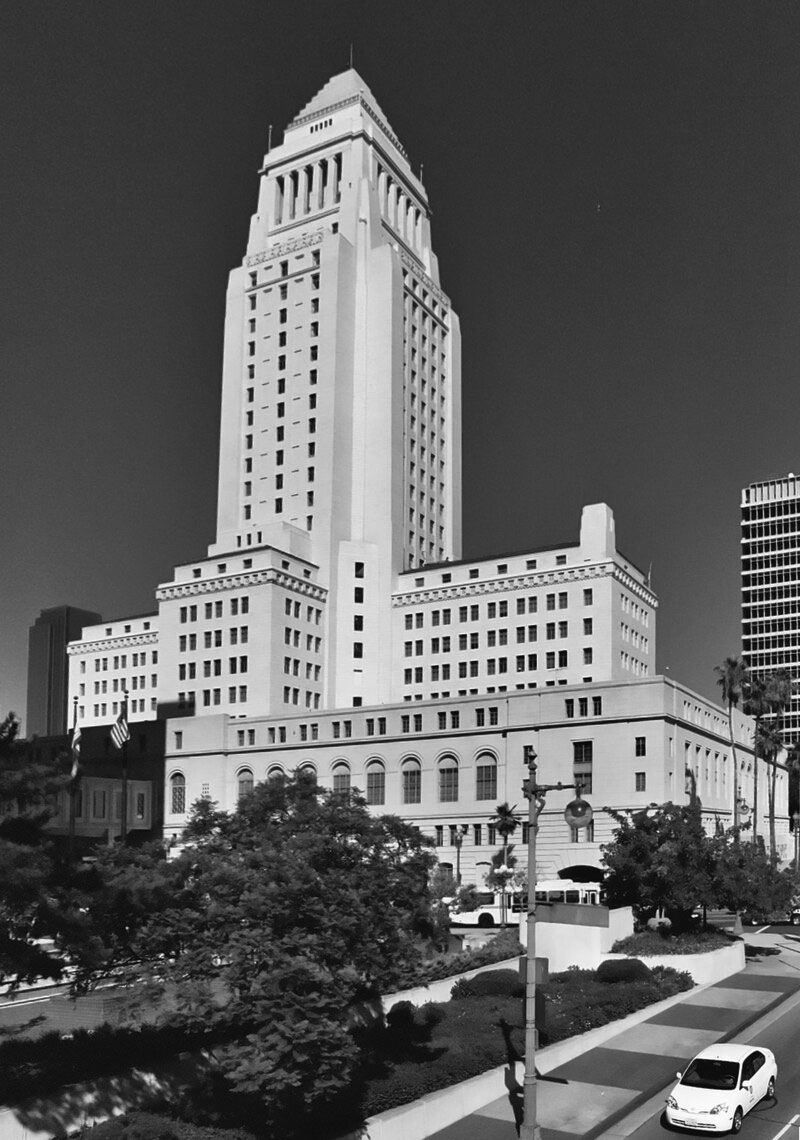John Corneby Wilson Austin 1870 – 1963 Master Architect of Southern California
John Corneby Wilson Austin was born and educated in Oxfordshire England. He apprenticed with architectural offices in England, Philadelphia and San Francisco before arriving in Los Angeles in 1895. Without college or academic architectural training, Austin nevertheless began a stellar career in Southern California that spanned more than 50 years. He is responsible for the design of many large public projects, including two of LA’s most iconic buildings, City Hall and the Griffith Observatory.
Austin became a major mover and shaker in booming 20th century Los Angeles, and beyond his architectural practice, was active in many civic organizations. At various times he served as president of the Los Angeles Chamber of Commerce, the Southern California Historical Society, the Board of Architectural Examiners, and the local American Institute of Architects chapter. He also served on the National Labor Relations Board, and was a founding member of LA’s exclusive Johnathan Club.


Engagement in so many civic organizations must certainly have helped Austin secure a range of prominent large-scale projects. Being a prominent Shriner (he was a 32nd degree Mason), may have helped him secure one of his major projects: the Shrine Auditorium. However, it was certainly the quality of his work that cemented his reputation.
As the Great Depression deepened, Austin advocated for federal spending as a way to stimulate the economy. In April 1930, a letter from Austin to President Herbert Hoover was published in the Los Angeles Times. In it, Austin proposed the creation of an emergency fund, raised by taxation or appropriation, to be used to develop public improvements and provide needed employment. He followed up with a trip to Washington to lobby Congress and the Hoover administration to initiate federal construction projects in Los Angeles, arguing that such programs were needed so good citizens would not “fall prey to the propaganda of Communists and agitators against our institutions.” Hoover put him in charge of coordinating the federal government’s unemployment relief efforts in ten Southern California counties.
Austin died at the home he had built for his family on Arden Road in Pasadena in 1963.

